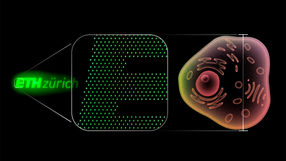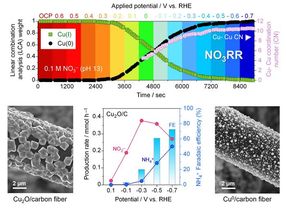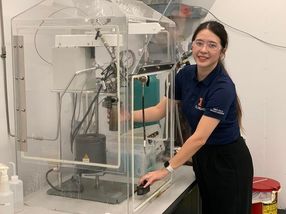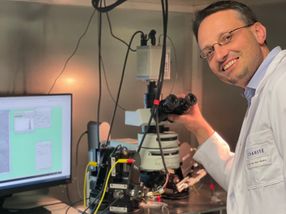Nanoscale Ladders
Advertisement
The molecular ladders recently synthesized by researchers at the University of Iowa, USA, have four and six "rungs". Such ladderanes are interesting building blocks for modern optoelectronics and present a big challenge, since they are anything but easy to produce.
Leonard R. MacGillivray and his team decided on the approach of preparing the ladders from individual beams. In theory, this clever approach shouldn't be a problem. The eventual beams of the ladder are formed from carbon chains in which the carbon atoms are connected by alternating single and double bonds. Irradiation with UV light induces two chains to react with each other-in theory. The light energy causes all the double bonds to "swing open" and the released "arms" reach out and "grab" the carbon atoms of an adjacent beam. These new bonds form the "rungs" of the ladder. Chemically speaking, the ladder consists of connected cyclobutane units, which are planar, four-membered carbon rings. In practice, this synthesis has failed because the carbon chains cannot be brought into and then held in the right spatial arrangement relative to each other in the solution phase-a requirement for the ladder-forming reaction. One way around this problem would be a reaction in the solid phase, though this also requires the beams to be fixed pairwise and strictly in parallel. In order to achieve this, the American chemists attached a pyridine molecule (an aromatic ring consisting of one nitrogen and five carbon atoms) to the ends of each beam. They then mixed the beams with resorcin, an aromatic six-membered carbon ring with two OH groups, and crystallized the mixture. This causes each OH group to form a bridging hydrogen bond to a pyridine nitrogen atom. In this way, each pair of beams is clamped together at each end by a resorcinol molecule. The two beams thus lie perfectly in parallel within the crystal. When the crystals are irradiated with UV light, the opposing double bonds convert into the desired ladder rungs. Neighboring pairs of beams are offset within the crystal, such that they cannot form rungs with each other. In the final step, the ladders can be released from the resorcinol crystal with solvents.
The MacGillivray team was thus able to make [3]- and [5]-ladderanes, which is the correct chemical nomenclature for ladders that consist of three or five cyclobutane units, respectively (and thus have four or six rungs, respectively). Longer nanoladders are in production.
Other news from the department science
Most read news
More news from our other portals
See the theme worlds for related content
Topic world Synthesis
Chemical synthesis is at the heart of modern chemistry and enables the targeted production of molecules with specific properties. By combining starting materials in defined reaction conditions, chemists can create a wide range of compounds, from simple molecules to complex active ingredients.
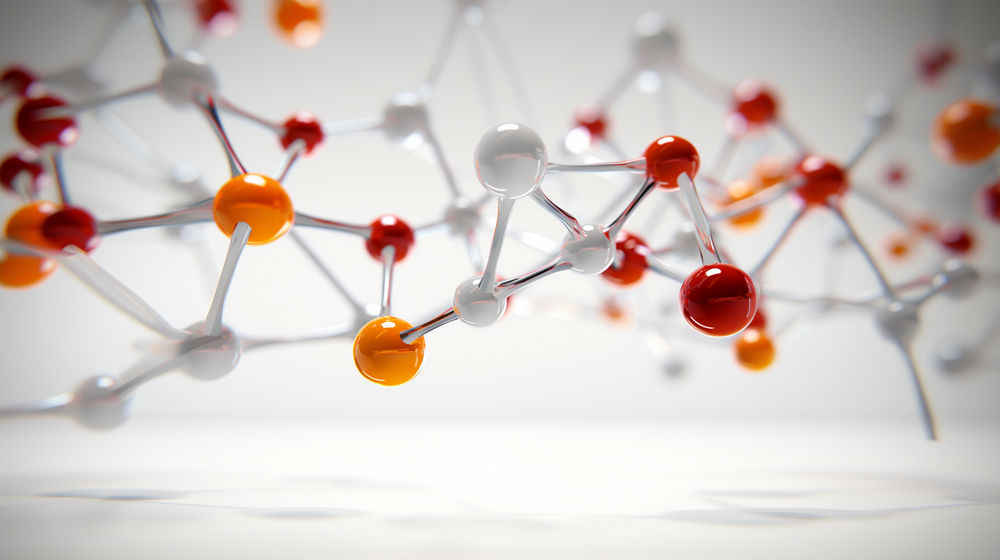
Topic world Synthesis
Chemical synthesis is at the heart of modern chemistry and enables the targeted production of molecules with specific properties. By combining starting materials in defined reaction conditions, chemists can create a wide range of compounds, from simple molecules to complex active ingredients.






